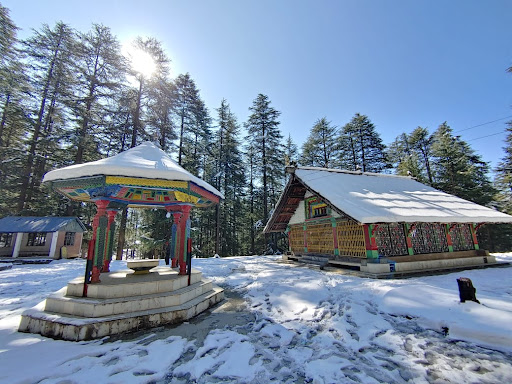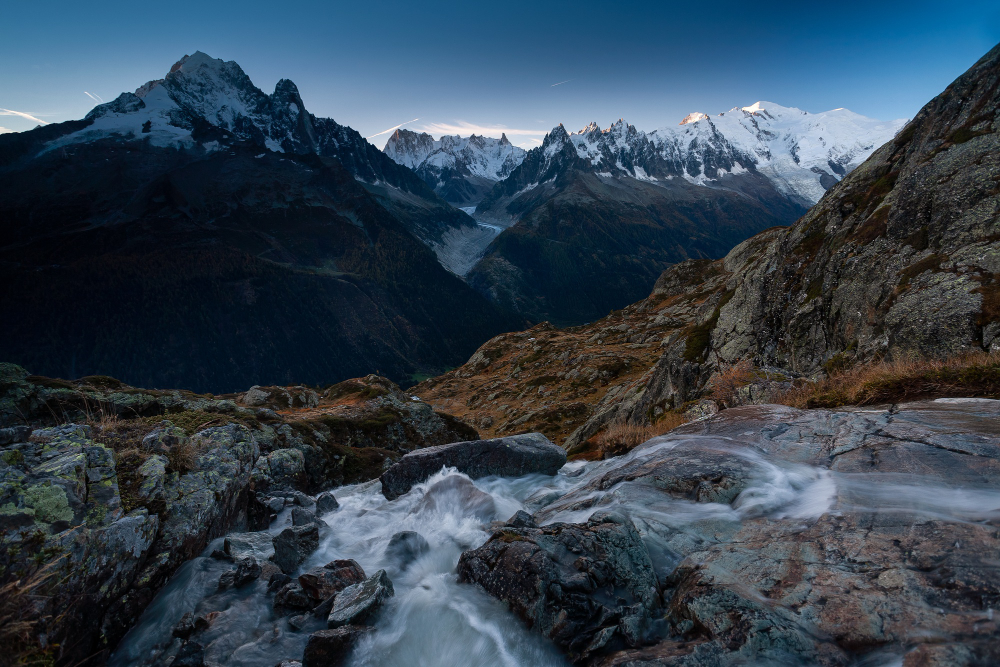Kamrunag Valley
Kamrunag Valley
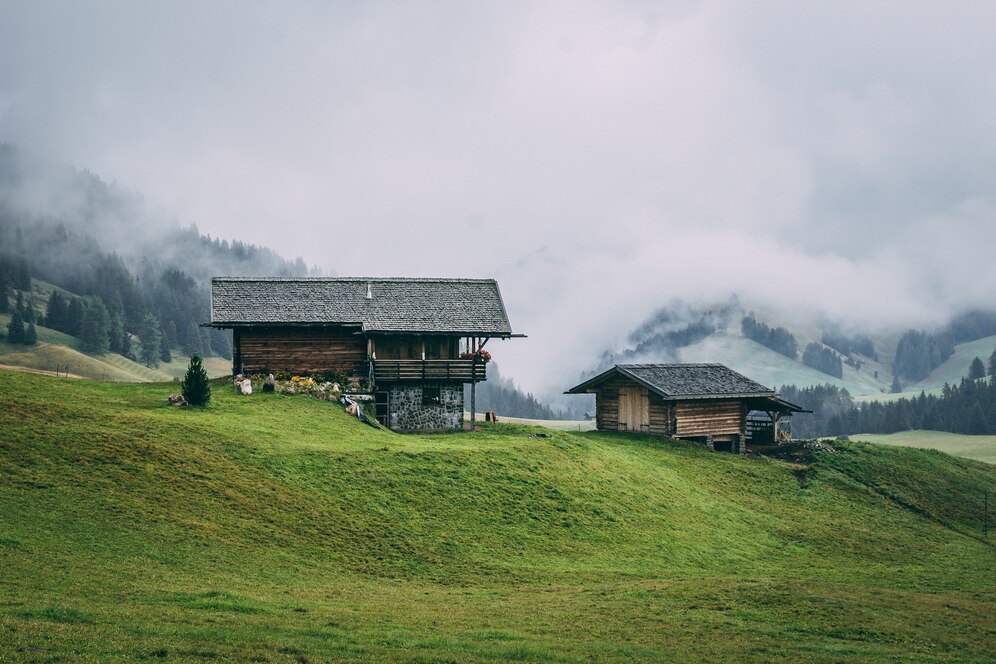
Kamrunag Valley guide
Before embarking on your journey to Kamrunag Valley, it’s essential to gather practical information to ensure a smooth and enjoyable trip.
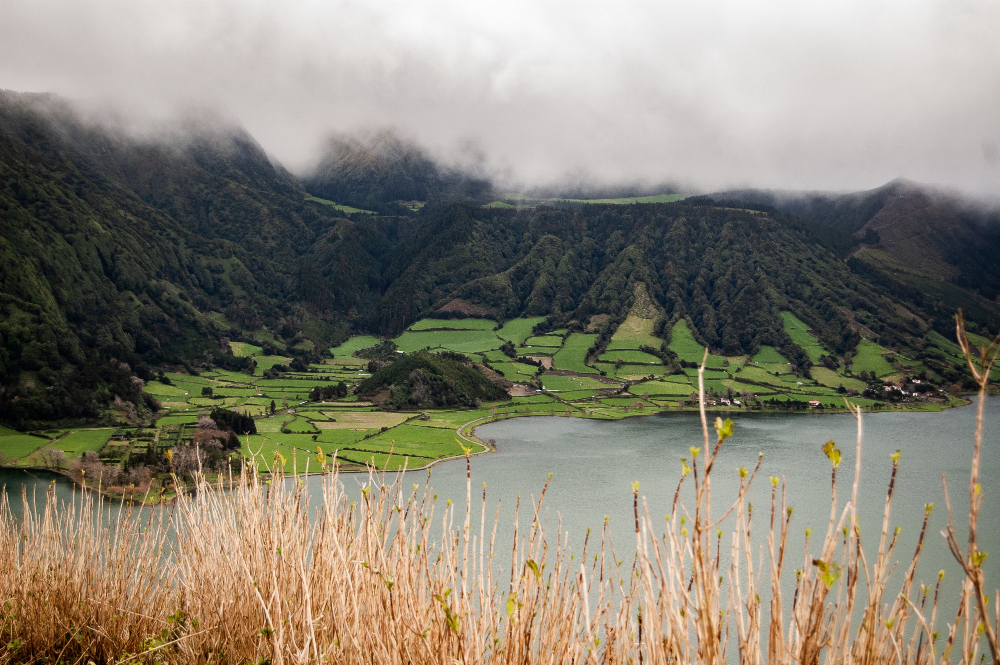
Things to do in Kamrunag Valley
Kamrunag Valley, nestled in the heart of Himachal Pradesh, offers a serene escape for nature lovers and adventure enthusiasts alike.
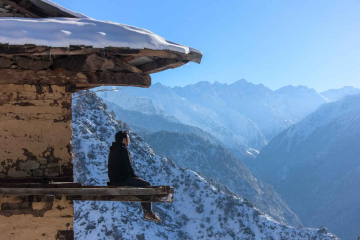
Trip to the Kamrunag Valley
A trip to Kamrunag Valley promises an enchanting adventure amidst the serene beauty of the Himalayas.
The Complete Tour
Guide
Kamrunag Valley offers a perfect blend of natural beauty, spirituality, and adventure, making it an ideal destination for travelers seeking solace amidst the majestic Himalayas. Whether you’re a nature lover, a pilgrim, or an adventure enthusiast, Kamrunag Valley promises an unforgettable experience that will leave you enchanted and rejuvenated. Here’s your complete tour guide to help you unravel the beauty and charm of Kamrunag Valley:
Overview
Dev Kamrunag “THE LORD OF RAIN” and Kamrunag valley is one of the best destinations in Himachal Pradesh district Mandi. Relatively less known Himalayan trek, Kamrunag is not even listed well in the official tourism websites of Himachal Pradesh. The Temple of Lord Kamrunag, also popularly known as “Bada Deo Kamrunag-Elder Diety, is situated at an altitude of around 3500 meters. Like all other lakes in Himachal Pradesh, Kamarunag or Kumarwah Lake has its own legend.
he lake is completely frozen in winters and only experienced trekkers should go there during this time of year. Reach at the top and see Mother Nature at its best! Walking on the frozen lake and a slide along the slanting snowy surfaces can be a pleasant experience to anyone. For new trekkers, it is advisable to visit Kamarunag during summers. A fair is also held at this place on 14th of June every year. People make various offerings including ornaments, coins etc. to fulfill their wishes.
Discover Sacred Spirits
Bada dev Kamrunag
The lake has its name because of a story from Mahabharata. It is said
that Barbarika, the son of Ghatotkacha, wanted to fight in the war and asked for permission from his mother. His mother then told him to fight for the side which was losing the war. Lord Krishna, after hearing about this, went to Barbarika to test him, as he already knew that the Kaurava side was going to lose the war in the end. Krishna took the form of a Brahman and challenged him to pierce all the leaves of a nearby Peepal tree. As Barbarika took out an arrow to shoot, Lord Krishna stepped on a leaf and kept it under his foot. After the arrow pierced all the leaves on the tree, it turned to pierce the last one which was under Lord Krishna’s foot. He quickly stepped away from it and the arrow pierced the leaf. After this, Lord
Krishna devised a plan: he asked for alms from Barbarika and made him promise to give anything he asked for. After he made the promise, Lord Krishna returned to his original form and asked Barbarika his head. Barbarika agreed to this and asked Lord Krishna for one request, which was to let him watch the Mahabharata. Lord Krishna took his head to the battlefield and let him watch the battle. After the battle was over Lord Krishna blessed him that he will be worshipped as Khatu Shyam and his body will be worshipped as Kamru
Local Cusine
Siddu is one of the most enjoyable local cuisines of Tirthan Valley to be had with pudina chutney or the local desi ghee. The recipe has been passed down for centuries and It is delicious piping hot, drenched in ghee and dipped in the homemade apple chutney but really came into its own later in the evening when we used it to mop up the sauce from the Rara Chicken and Paneer. This SIDDU is good for health if there is a proper balance of spices which anybody in the Tirthan Household will be familiar with.
The stinging nettle is fairly common in the Tirthan Valley growing along with the hemp plant. While Stinging nettles sound intimidating, but there’s no need to fear eating them. It’s easy to take the sting out of the nettles just cook them! Nettles have a long, delicious history as an edible wild green and are one of the first wild plants to appear each spring. Treat yourself to some delicious & nutritious wild nettles by making this vividly green spring soup in the Tirthan Valley. One may also ask for stinging nettle chutney which goes well with Sidus and Momo ( steamed dumplings) Nettle soup is a traditional and is eaten mainly during spring and early summer, when young nettle buds are collected.
This is also one of the specialties of the Tirthan Region though they are fairly common all over the Himalayas. Stuffed Bhatura, a filling breakfast or snack, can also be enjoyed as a meal. These soft and tasty bhaturas are loved by all and are also easy to cook. Usually the stuffing is of crushed lentils, but poppy seeds etc can also be used just like sidu. The dough is fermented and the bhuturus can be had fried or just cooked on fire (dry) like Chapati’s! This is a modified form of Bhaturu as these are stuffed with spices mixed paste of dal (black gram), opium seeds or walnut. These are either simply baked or deep-fried. These are taken as breakfast or snack food with tea.
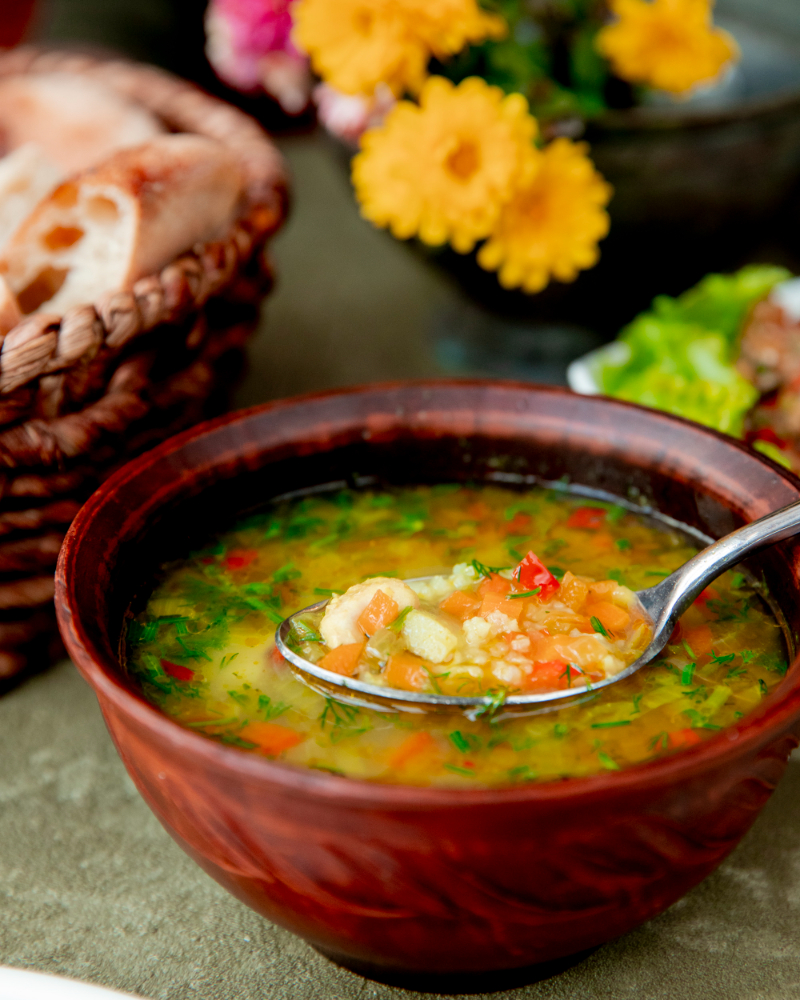
Where to stay
While Kamrunag Valley is primarily known for its spiritual significance and natural beauty, accommodation options directly within the valley itself may be limited due to its remote and pristine nature. However, there are several nearby towns and villages where visitors can find suitable places to stay. Here are some options:
Mandi: Mandi is a major town located approximately 40 kilometers from Kamrunag Valley and serves as a convenient base for travelers visiting the area. Mandi offers a variety of accommodation options including hotels, guesthouses, and homestays catering to different budgets and preferences. From Mandi, you can easily access Kamrunag Valley by road.
Rewalsar: Rewalsar is a small town located around 35 kilometers from Kamrunag Valley and is known for its religious significance, with multiple temples and monasteries dotting the area. Visitors to Rewalsar can find accommodation options ranging from budget guesthouses to mid-range hotels, offering a comfortable stay amidst serene surroundings.
Sundernagar: Sundernagar is another town located approximately 30 kilometers from Kamrunag Valley and offers a range of accommodation options for travelers. Whether you’re looking for budget hotels, guesthouses, or more upscale resorts, Sundernagar has options to suit every budget and preference.
Map
How to reach
- By Road
There is no road accessibility to reach Kamrunag Lake. It takes 3 to 4 hours of trek from Rohanda to Kamrunag on a steep mountain path of about 6 kms. If you are planning to visit by road can drive from Sundernagar to Rohanda about 35 km.
There are regular overnight Volvo buses from Delhi and Chandigarh to Kullu and Manali. Inform the conductor of the bus that you need to be dropped at Sundernagar. We can arrange a taxi to pick you up from Sundernnagar.
- By Air
The nearest Airport is at a distance of about 104 Kilometers situated at bhuntar in District Kullu. Taxis are available at the airport or we can arrange a taxi to pick you up from airport
Kamrunag Valley Photos

